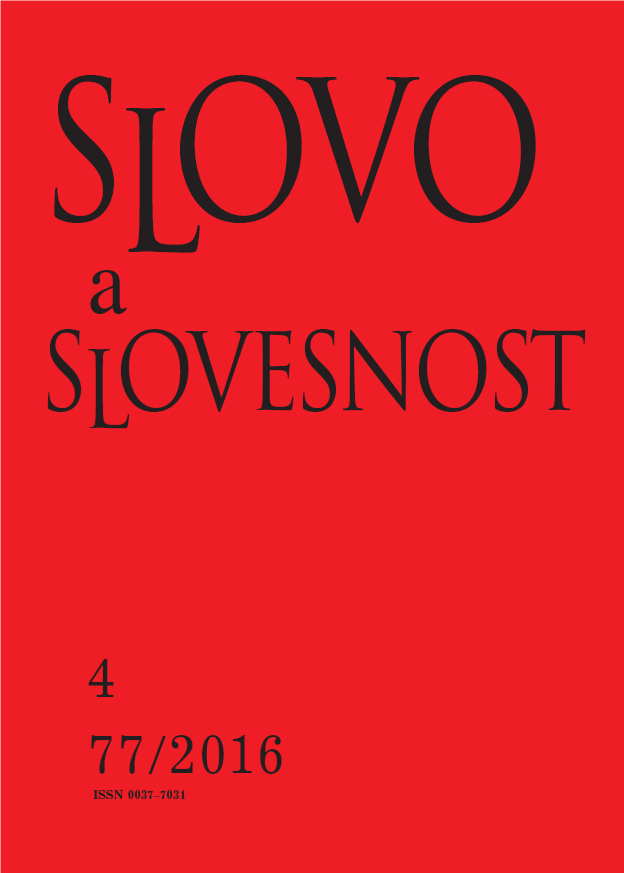Zur Frage des nichtindogermanischen Substrats im Germanischen: Ein kurzer Überblick
On the question of the non-Indo-European substrate in Germanic: a brief overview
Author(s): Harald BichlmeierSubject(s): Language studies
Published by: AV ČR - Akademie věd České republiky - Ústav pro jazyk český
Keywords: substrate; Germanic; Old High German; phonology; loan-words
Summary/Abstract: For about 100 years, a myth has been fostered in Germanic historical linguistics: it has been claimed that some 30% or more of the Germanic lexical stock are of non-Indo-European substrate origin. Despite this claim, no list of more than 40–50 lexical items has ever been offered to prove it. For most of these lexical items, which pertain to the sphere of seafaring and related subjects, solid Indo-European etymologies have been completed in the meantime. On the other hand, it can be shown that the mythical number of 30% is based on an Indo-Europeanists’ incorrect interpretation of rather sound statistics on the Germanic lexicon offered in a book by Bruno Liebich (1899). Moreover, Vennemann’s theories of a ‘Vasconic’ substratum and a ‘Semitidic’ superstratum in the Germanic lexicon may be discarded of as an unproven and unprovable phantasma. Discussion must go on, however, about claims made by Leiden Indo-Europeanists regarding the substratal origin of certain phonological structures in Germanic words, which cannot go back directly to PIE preforms. In the end, the more conservative approaches to the problem by the authors of the Etymological Dictionary of Old High German are exemplified with data taken from Vol. V (2014).
Journal: Slovo a slovesnost
- Issue Year: 77/2016
- Issue No: 4
- Page Range: 316-336
- Page Count: 21
- Language: German

